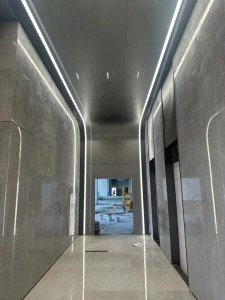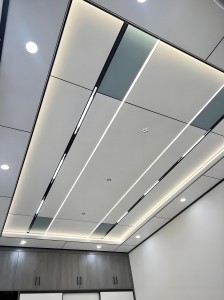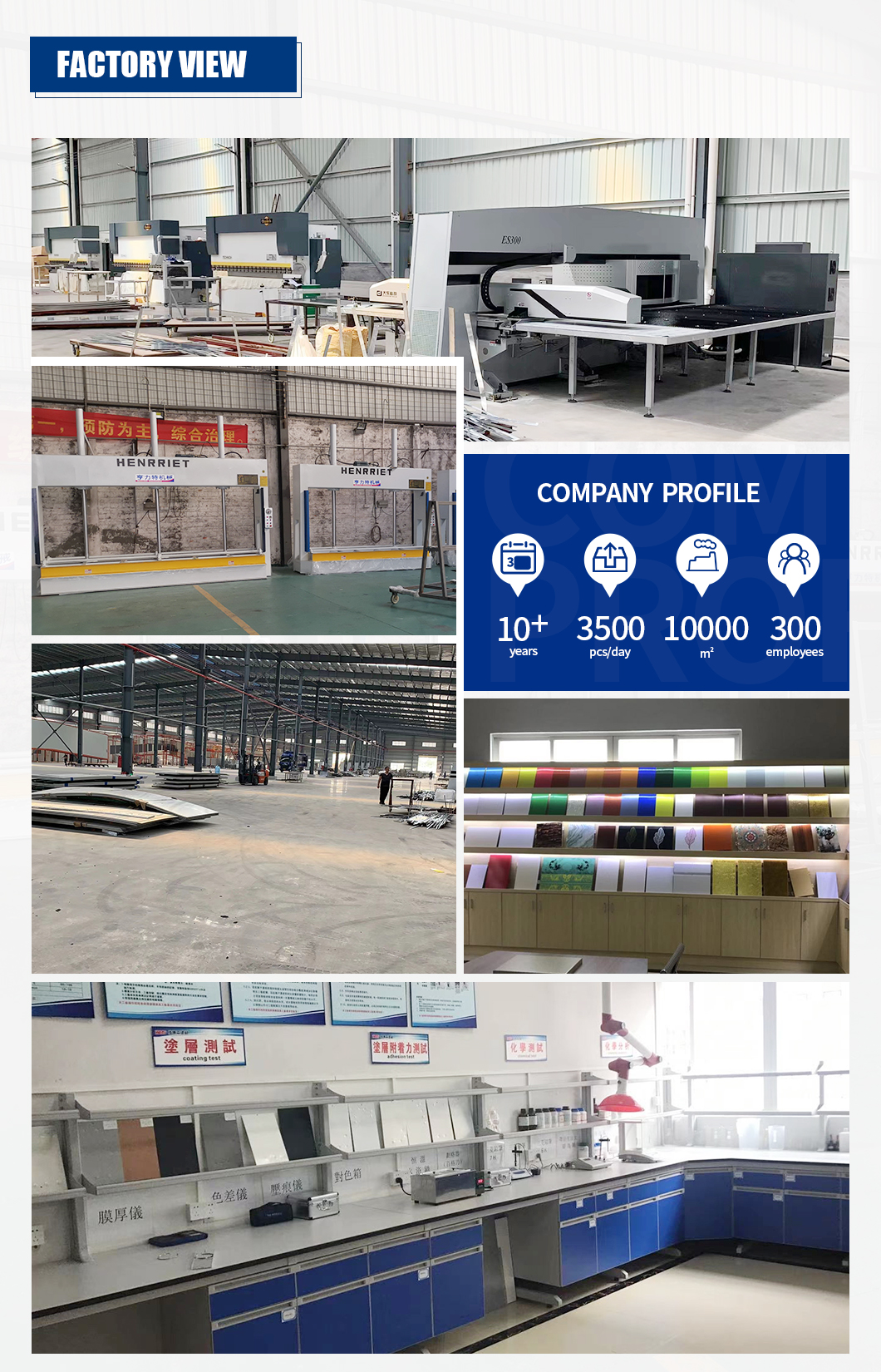The aerospace industry demands materials that combine lightweight properties, structural strength, and fuel efficiency—and aluminum honeycomb panels have emerged as a top choice for modern aircraft design. From commercial airliners to military jets, these panels are revolutionizing aviation by reducing weight while maintaining durability. Here’s why aerospace engineers and manufacturers favor them.
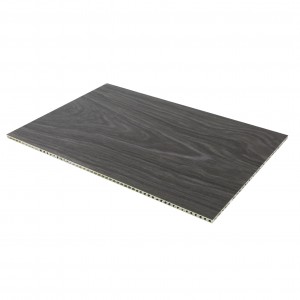
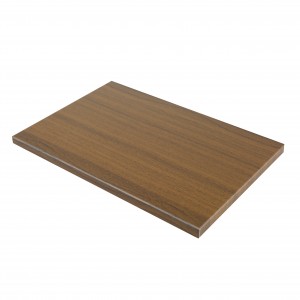
1. Unmatched Strength-to-Weight Ratio
Aluminum honeycomb panels consist of a hexagonal core sandwiched between two thin aluminum sheets, creating a structure that mimics natural honeycombs. This design offers:
70-80% weight reduction compared to solid aluminum or steel, significantly lowering aircraft mass.
High compressive and shear strength, making them ideal for wings, fuselage panels, and flooring systems.
Case Study: The Boeing 787 Dreamliner uses aluminum honeycomb panels in its interior cabin structures, reducing weight by 15% while maintaining structural integrity.
2. Fuel Efficiency & Cost Savings
Every kilogram saved in aircraft design translates to lower fuel consumption and reduced CO₂ emissions. Aluminum honeycomb panels contribute by:
Improving fuel efficiency by up to 20% in some applications.
Extending aircraft range, a critical factor for long-haul flights.
Industry Insight:
*”A 10% reduction in aircraft weight can lead to a 5-7% drop in fuel burn,”* notes Dr. Elena Torres, an aerospace materials expert at TU Delft.
3. Superior Crash Absorption & Safety
Unlike traditional materials, aluminum honeycomb panels deform predictably under impact, absorbing energy and protecting passengers in emergencies. Key benefits include:
Enhanced crashworthiness in landing gears and engine nacelles.
Fire resistance, meeting FAR 25.853 aviation safety standards for flammability.
Example: Airbus A350 utilizes these panels in flooring and bulkheads to improve emergency landing survivability.
4. Corrosion & Fatigue Resistance
Aircraft face extreme conditions—moisture, temperature fluctuations, and pressure changes. Aluminum honeycomb panels excel due to:
Natural corrosion resistance, unlike carbon fiber composites that require protective coatings.
Long fatigue life, reducing maintenance costs over decades of use.
Real-World Data: The PAA-CORE® 5056 variant by The Gill Corporation retains 95% of its strength even after 31 days in salt spray tests.
5. Design Flexibility & Customization
Aerospace manufacturers can tailor aluminum honeycomb panels for specific needs:
Variable core thicknesses (3mm to 100mm) for different load requirements.
Hybrid composites (e.g., carbon fiber skins) for ultra-high-performance applications.
Trend Alert: 3D-textured and anodized finishes are now used in business jet interiors for both aesthetics and functionality.
6. Sustainability & Recyclability
With tightening environmental regulations, the aerospace sector prioritizes eco-friendly materials. Aluminum honeycomb panels offer:
100% recyclability, aligning with circular economy goals.
Lower carbon footprint compared to non-metal cores like Nomex.+
Post time: Jul-08-2025

